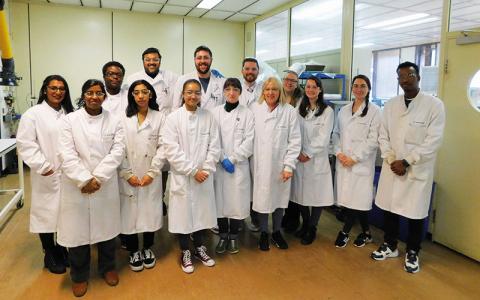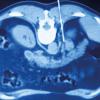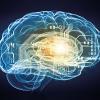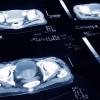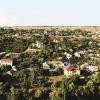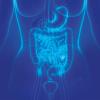March 2020
My lab: Forensic drugs department
Forensic Scientist David W Jones gives a guided tour of Eurofins Forensic Services.
Here to help: Training programme spreadsheet
Deputy Head of Education at the IBMS, Jocelyn Pryce, advises on the completion of the revised training laboratory re-approval process.
March: Journal-based Learning
Please select your choice of correct answers and complete the exercises online at: www.ibms.org/cpd/jbl

